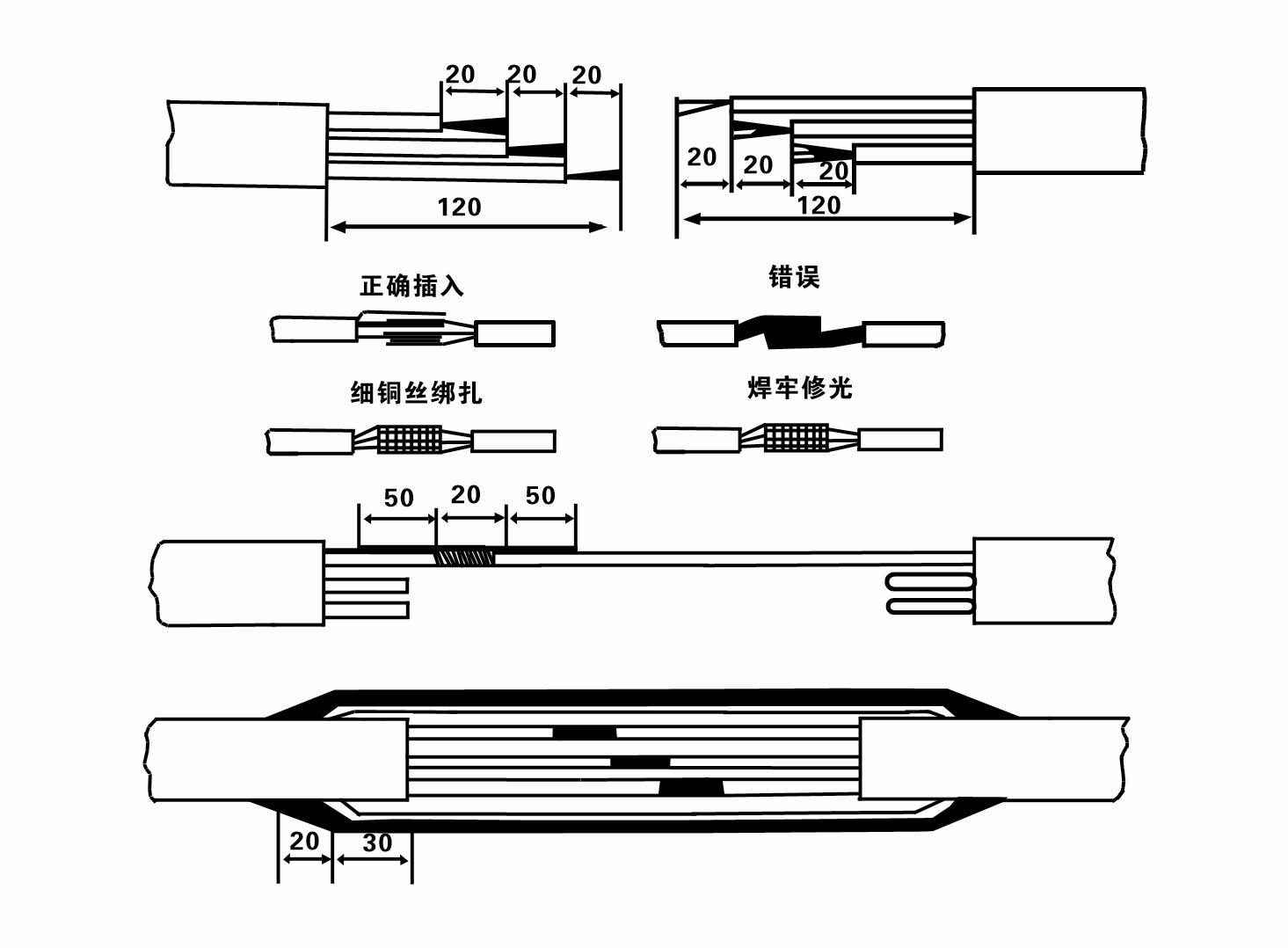Nov . 14, 2024 22:18 Back to list
replacing a submersible well pump
Replacing a Submersible Well Pump A Comprehensive Guide
A submersible well pump is a reliable mechanism that helps draw groundwater from deep aquifers to the surface, ensuring an adequate supply of water for residential and agricultural needs. However, like all mechanical devices, it can fail over time due to wear and tear, sediment buildup, or motor issues. If you find yourself in a position where your submersible well pump needs replacement, understanding the process can make the task much more manageable. In this article, we will provide a step-by-step guide to replacing your submersible well pump.
Step 1 Identify the Problem
Before jumping to the replacement process, it’s critical to ensure that the pump is indeed the root cause of your water issues. Signs that your submersible pump may need to be replaced include
- Lack of water flow from your faucet - Unusual noises coming from the well - Frequent cycling of the pump - Discolored or sandy water
If you observe any of these signs, it's advisable to consult with a professional to diagnose the specific issue. They can help determine whether the pump needs to be replaced or if repairs can extend its lifespan.
Step 2 Gather Necessary Tools and Materials
If you've confirmed that replacement is needed, the next step is to gather the necessary tools for the job. You'll typically need the following
- A new submersible pump (make sure it's compatible with your well depth and diameter) - A slingshot or a well pump puller - Pipe wrenches - Teflon tape - Safety gloves - A bucket or container (for any residual water)
Step 3 Power Down and Prepare
Before starting the replacement process, ensure that the power is turned off to the well pump. This is crucial for your safety. Switch off the breaker supplying power to the pump. Once powered down, proceed to disconnect the power source from the pump by removing any wires connected to it.
replacing a submersible well pump

Step 4 Remove the Old Pump
Using a well pump puller or a slingshot, carefully extract the pump from the well. It's important to do this slowly to avoid any damage to the piping or the pump itself. As you pull the pump up, be prepared for any water that may spill out from the well casing. Once the pump is free, disconnect the pipes and electrical connections.
Step 5 Install the New Pump
With the old pump removed, you can now prepare to install the new submersible pump. Start by connecting the electrical wires to the new pump following the manufacturer’s instructions. Ensure you use Teflon tape on any threaded connections to prevent leaks.
Carefully lower the new pump into the well. Take your time during this process; rushing can cause damage to the pump or its connections. Once the pump is in place, reattach the discharge pipes securely.
Step 6 Power Up and Test
With the installation complete, it’s time to restore power to the well pump. Turn the breaker back on and allow the pump to run for a few minutes while you check for proper water flow. Watch for any leaks in your connections and listen for any unusual noises that might indicate an installation issue.
Step 7 Maintain Your New Pump
Now that your new well pump is installed and running smoothly, it’s essential to implement regular maintenance checks. Periodically inspect your pump for signs of wear, clean your well annually to prevent sediment buildup, and monitor your water quality. Regular maintenance can significantly extend the lifespan of your submersible well pump and ensure its efficiency.
Conclusion
Replacing a submersible well pump may seem daunting but, with careful planning and execution, it can be a straightforward task. Always prioritize safety by turning off power to the pump and using proper equipment. If at any point you feel uncertain, it’s wise to consult with professionals who have experience in well pump repairs and installations. With your new pump operational, you can enjoy a reliable water supply for years to come.
-
Submersible Water Pump: The Efficient 'Power Pioneer' of the Underwater World
NewsJul.01,2025
-
Submersible Pond Pump: The Hidden Guardian of Water Landscape Ecology
NewsJul.01,2025
-
Stainless Well Pump: A Reliable and Durable Pumping Main Force
NewsJul.01,2025
-
Stainless Steel Submersible Pump: An Efficient and Versatile Tool for Underwater Operations
NewsJul.01,2025
-
Deep Well Submersible Pump: An Efficient 'Sucker' of Groundwater Sources
NewsJul.01,2025
-
Deep Water Well Pump: An Efficient 'Sucker' of Groundwater Sources
NewsJul.01,2025
-
 Submersible Water Pump: The Efficient 'Power Pioneer' of the Underwater WorldIn the field of hydraulic equipment, the Submersible Water Pump has become the core equipment for underwater operations and water resource transportation due to its unique design and excellent performance.Detail
Submersible Water Pump: The Efficient 'Power Pioneer' of the Underwater WorldIn the field of hydraulic equipment, the Submersible Water Pump has become the core equipment for underwater operations and water resource transportation due to its unique design and excellent performance.Detail -
 Submersible Pond Pump: The Hidden Guardian of Water Landscape EcologyIn courtyard landscapes, ecological ponds, and even small-scale water conservancy projects, there is a silent yet indispensable equipment - the Submersible Pond Pump.Detail
Submersible Pond Pump: The Hidden Guardian of Water Landscape EcologyIn courtyard landscapes, ecological ponds, and even small-scale water conservancy projects, there is a silent yet indispensable equipment - the Submersible Pond Pump.Detail -
 Stainless Well Pump: A Reliable and Durable Pumping Main ForceIn the field of water resource transportation, Stainless Well Pump has become the core equipment for various pumping scenarios with its excellent performance and reliable quality.Detail
Stainless Well Pump: A Reliable and Durable Pumping Main ForceIn the field of water resource transportation, Stainless Well Pump has become the core equipment for various pumping scenarios with its excellent performance and reliable quality.Detail
